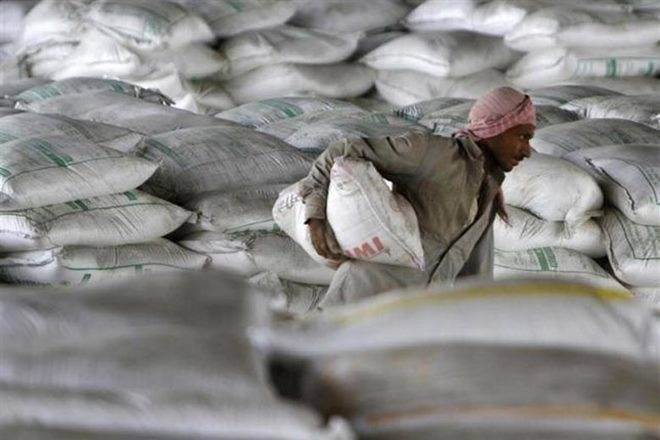After declining by 2% y-o-y in H1FY20, cement demand remains muted at only ~2% y-o-y growth in Q3FY20, according to our channel checks. This is due to weak construction activity from unseasonal rains, low government spending and low housing demand.
All-India cement prices are down by ~3% q-o-q in Q3FY20 (+5% y-o-y) and by 9% from the peak in May’19. Prices continue trending down in east, south and west, but are up by ~10% y-o-y (-1% q-o-q) in the north and central regions. We estimate the sector margin to contract sequentially in Q3FY20, mostly in east and west, where prices are down by 4-5% q-o-q.
North and central region margins are likely to gain support sequentially from better fixed-cost absorption on account of seasonally higher volumes. Lower energy cost should cushion (by Rs 30-50/t) the adverse impact of lower prices, as both petcoke (-16% y-o-y) and imported coal (-32% y-o-y) prices have corrected.
We reiterate our preference for companies with higher exposure to north and central India. Our top pick is UltraTech among large-caps and JK Cement among mid-caps. North and central regions appear relatively well placed with prices down by only 1% q-o-q (and up ~10% y-o-y). Demand in north has been marginally better (up ~4% y-o-y), which along with strong production discipline, has helped sustain prices.
Assuming no change in per unit fixed cost, players in central and north India (Shree Cement, UltraTech, JK Cement and Prism Johnson) are likely to see only Rs 25-50/t (2-5%) drop in spreads from Q2FY20 levels. Adjusted for lower fixed costs due to seasonally higher volumes in Q3FY20 (+5% q-o-q), these players are likely to report slightly better Ebitda/tonne q-o-q. However, players in west, east and south (Dalmia Bharat, Ramco, India Cement, ACC and Ambuja) are likely to see a significant Rs 100-150/tonne (10-15%) drop in spreads.


